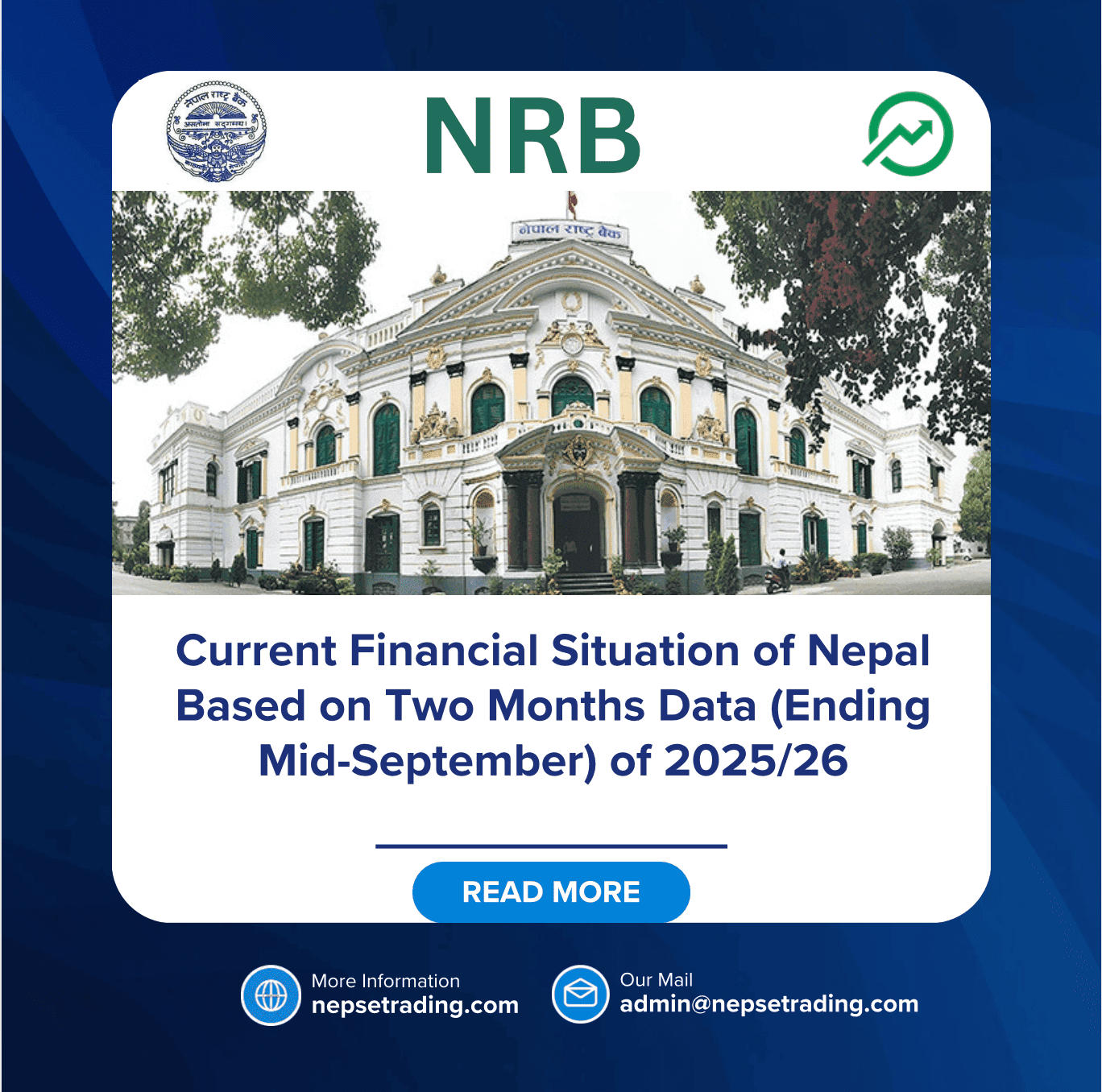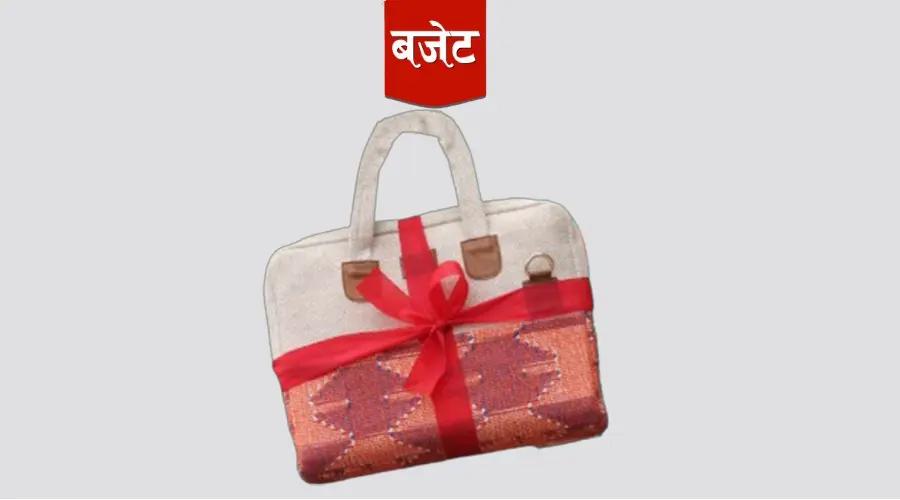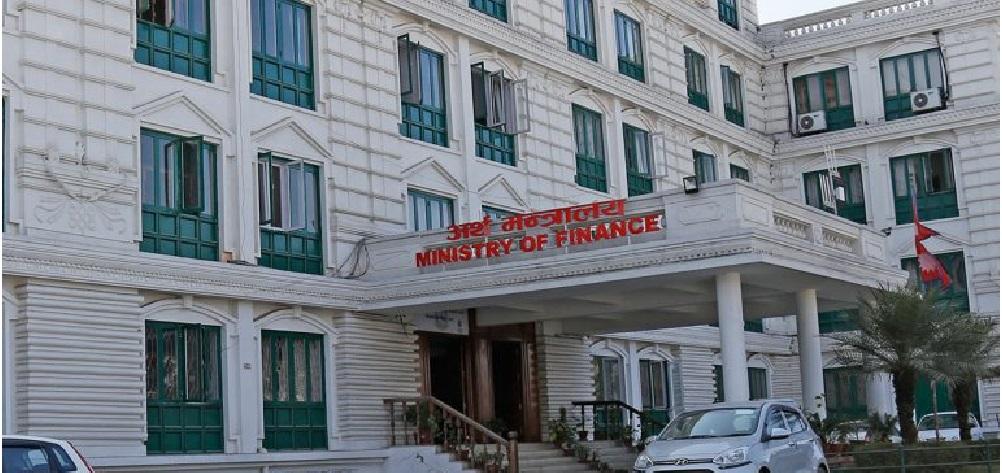By Sandeep Chaudhary
Nepal Rastra Bank Data: BOP Surplus Reaches Rs 153.7 Billion

The Nepal Rastra Bank (NRB), in its Mid-September 2025/26 Macroeconomic Report, has reported a substantial Balance of Payments (BOP) surplus of Rs. 153.7 billion, signaling strong external sector resilience and improved foreign currency inflows. This surplus reflects a sharp improvement from Rs. 101.8 billion recorded in the same period last fiscal year, driven primarily by soaring remittance inflows, higher exports, and robust foreign exchange reserves.
According to NRB, Nepal’s current account balance also remained in a strong surplus position of Rs. 130.7 billion, a significant turnaround from persistent deficits seen in earlier years. The main drivers behind this positive outcome include a 33% surge in remittances, which reached Rs. 352 billion, and an 88.6% jump in exports, totaling Rs. 47.3 billion. Meanwhile, imports grew moderately by 16.2% to Rs. 305.2 billion, showing improved trade discipline and reduced dependency on imported goods compared to previous years.
The improvement in BOP has also strengthened Nepal’s foreign exchange reserves, which reached a historic Rs. 2.88 trillion (USD 20.41 billion) — sufficient to cover more than 13 months of imports. This level of reserves not only enhances the country’s external stability but also provides ample buffer against global market fluctuations and external shocks.
The positive BOP position is closely tied to Nepal’s stable monetary environment, characterized by easing interest rates and low inflation. The base rate fell to 5.72%, while the average lending rate dropped to 7.66%, making credit more accessible. At the same time, inflation declined to just 1.87%, the lowest in several years, helping maintain purchasing power and macroeconomic stability.
NRB’s report attributes the external sector improvement to a combination of strong remittance inflows, export recovery, and sound reserve management. The central bank’s cautious foreign exchange interventions and stable currency policy have maintained rupee stability against major currencies, further reinforcing investor confidence.
Economists view the current BOP surplus as a positive indicator of Nepal’s external health, suggesting that the economy is successfully stabilizing after several years of trade imbalances and liquidity constraints. However, they caution that sustaining this performance will require structural reforms — particularly in export diversification, import substitution, and productive investment of remittance inflows to ensure long-term economic resilience.









